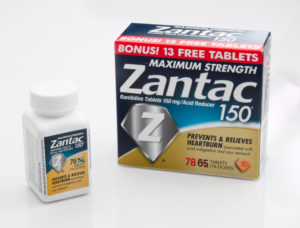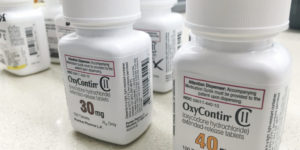Opioids and older adults
Rates of opioid overdose reached record highs in 2014, and despite federal and state efforts to increase education and awareness, one group continues to surge in opioid misuse: Seniors. Medicare beneficiaries have the highest incidence of opioid use disorder; about six out of every 1,000 people, according to a study published in JAMA Psychiatry. Medicare beneficiaries, the majority of whom are 65 or older, also constitute the fast-growing group of opioid abusers.
The most frequent use of Schedule II opioids is pain management, based on an evaluation of more than 1 billion claims from Medicare and private-pay insurers. The most frequent prescribers are anesthesia, rehabilitation/physical medicine and family medicine, the analysis showed.
“Prevention initiatives are essential for reducing the number of new patients with opioid use disorder, but treatment will be required for those already addicted to opioids,” the study authors write. In many cases, the most effective treatments are methadone or buprenorphine-naloxone
About 70 percent of the 55.5 million Medicare beneficiaries are on the Part D prescription drug plan. Part D doesn’t cover methadone, so buprenorphine-naloxone is the only opioid abuse treatment option for those on Medicare Part D.

Pamela Tabar was editor-in-chief of I Advance Senior Care from 2013-2018. She has worked as a writer and editor for healthcare business media since 1998, including as News Editor of Healthcare Informatics. She has a master’s degree in journalism from Kent State University and a master’s degree in English from the University of York, England.
Related Articles
Topics: Clinical











